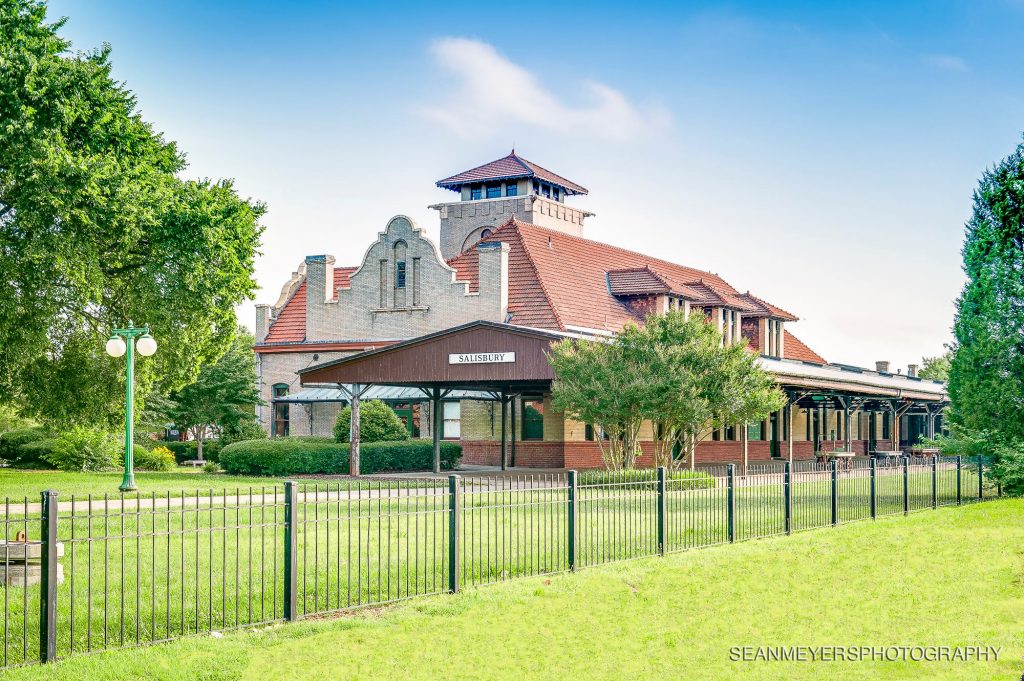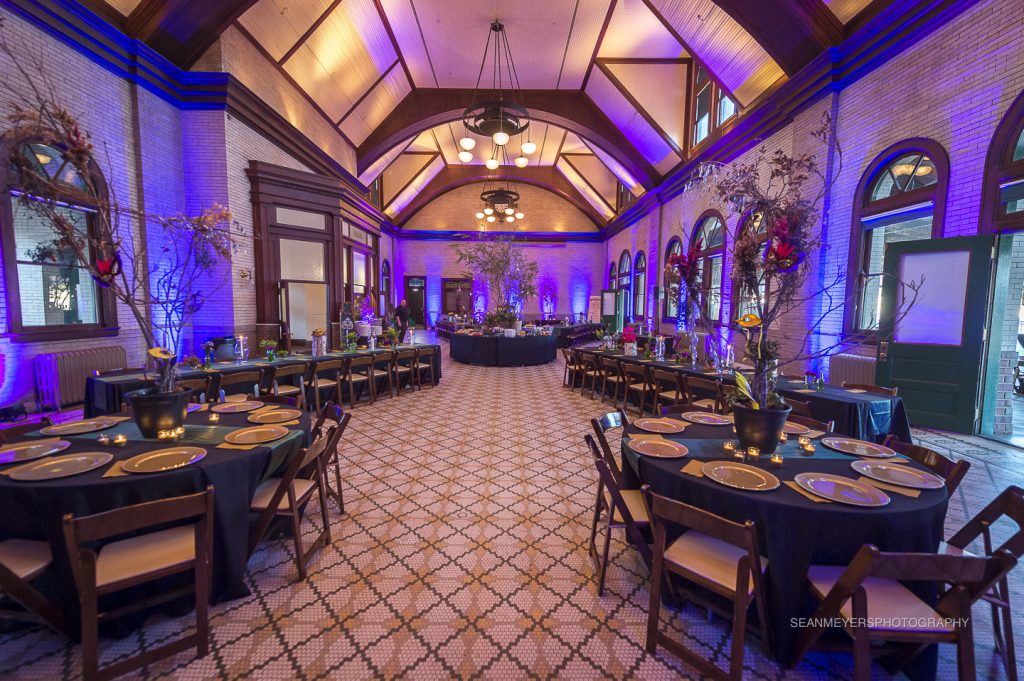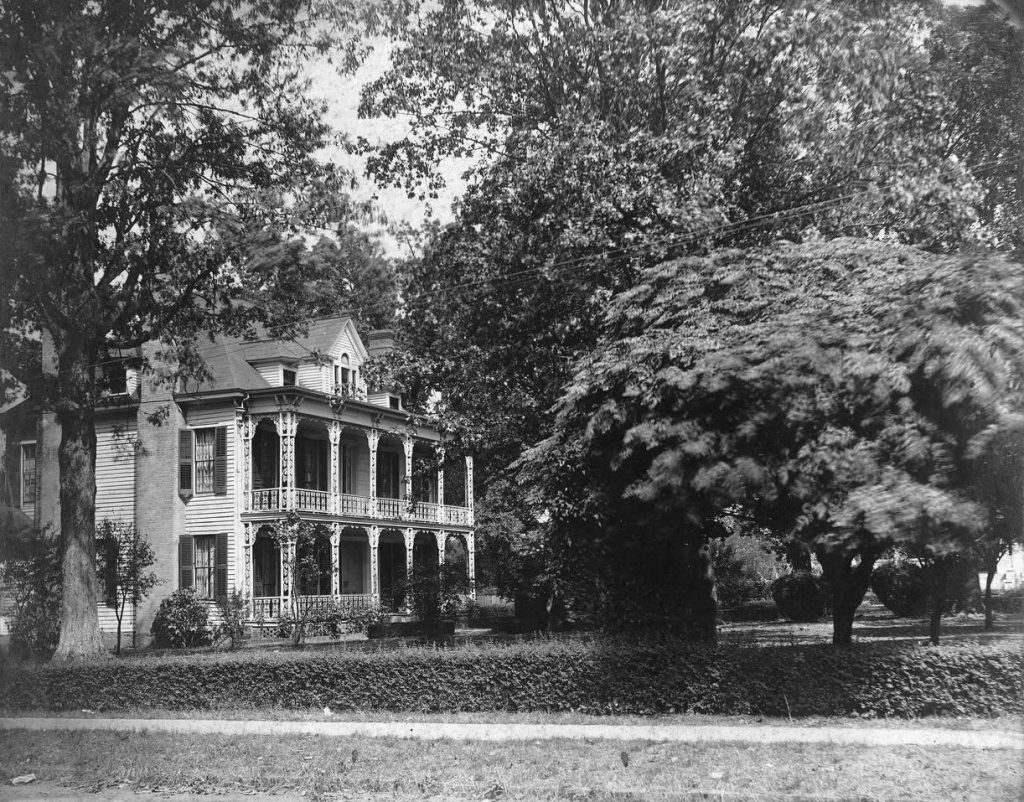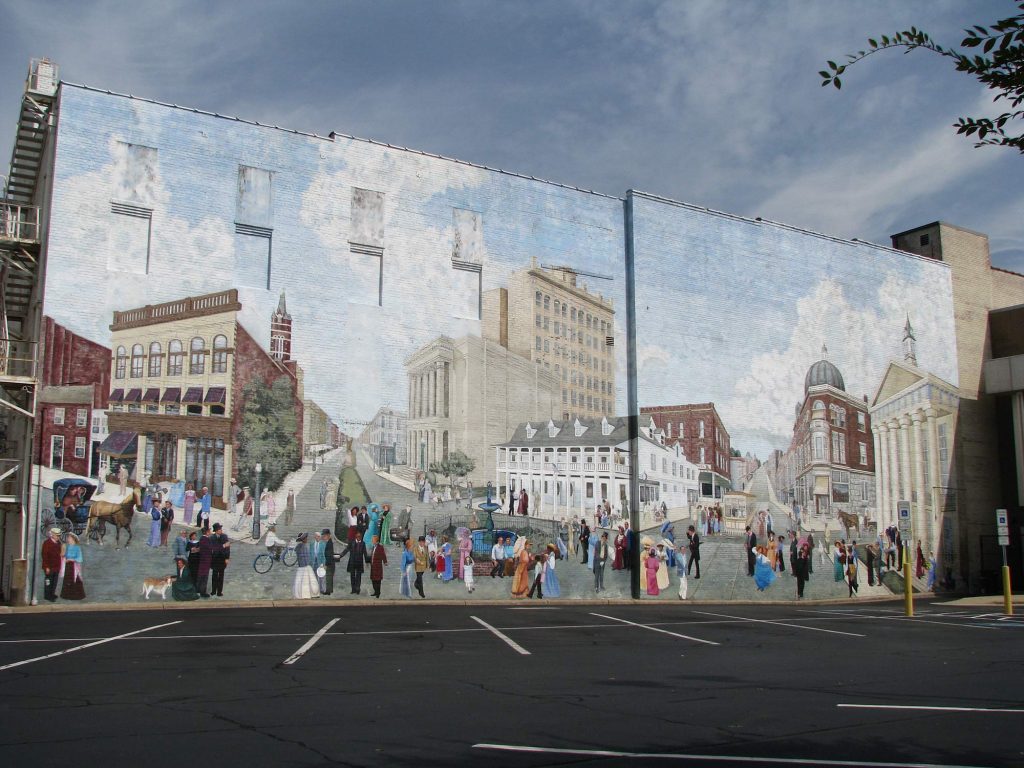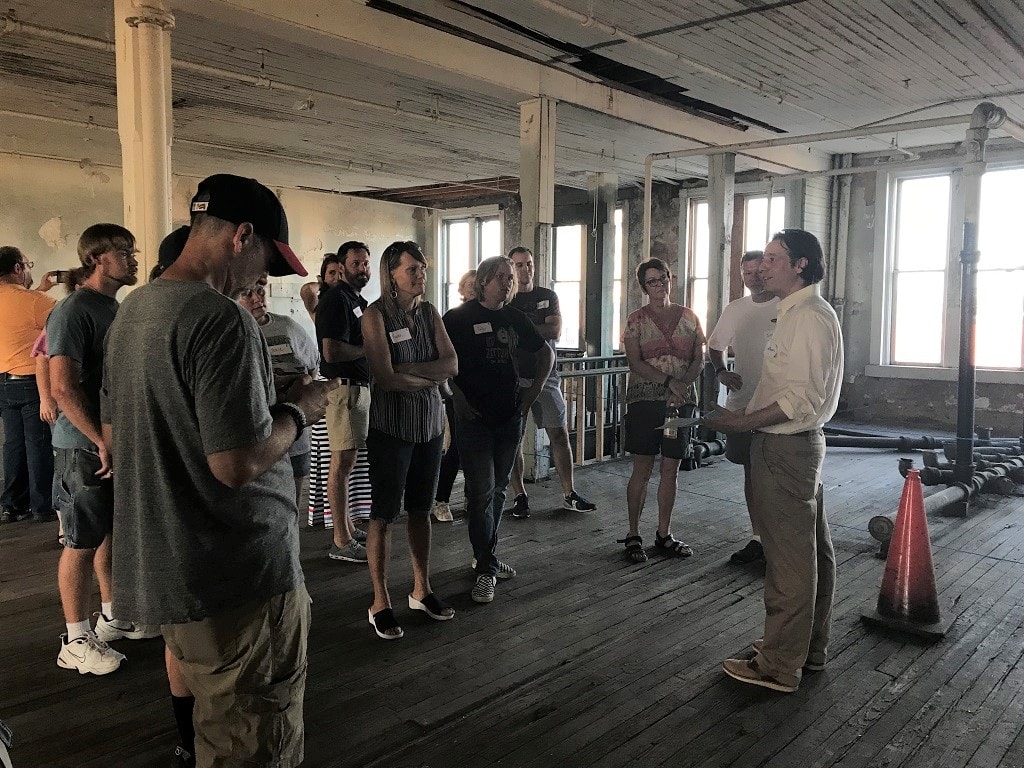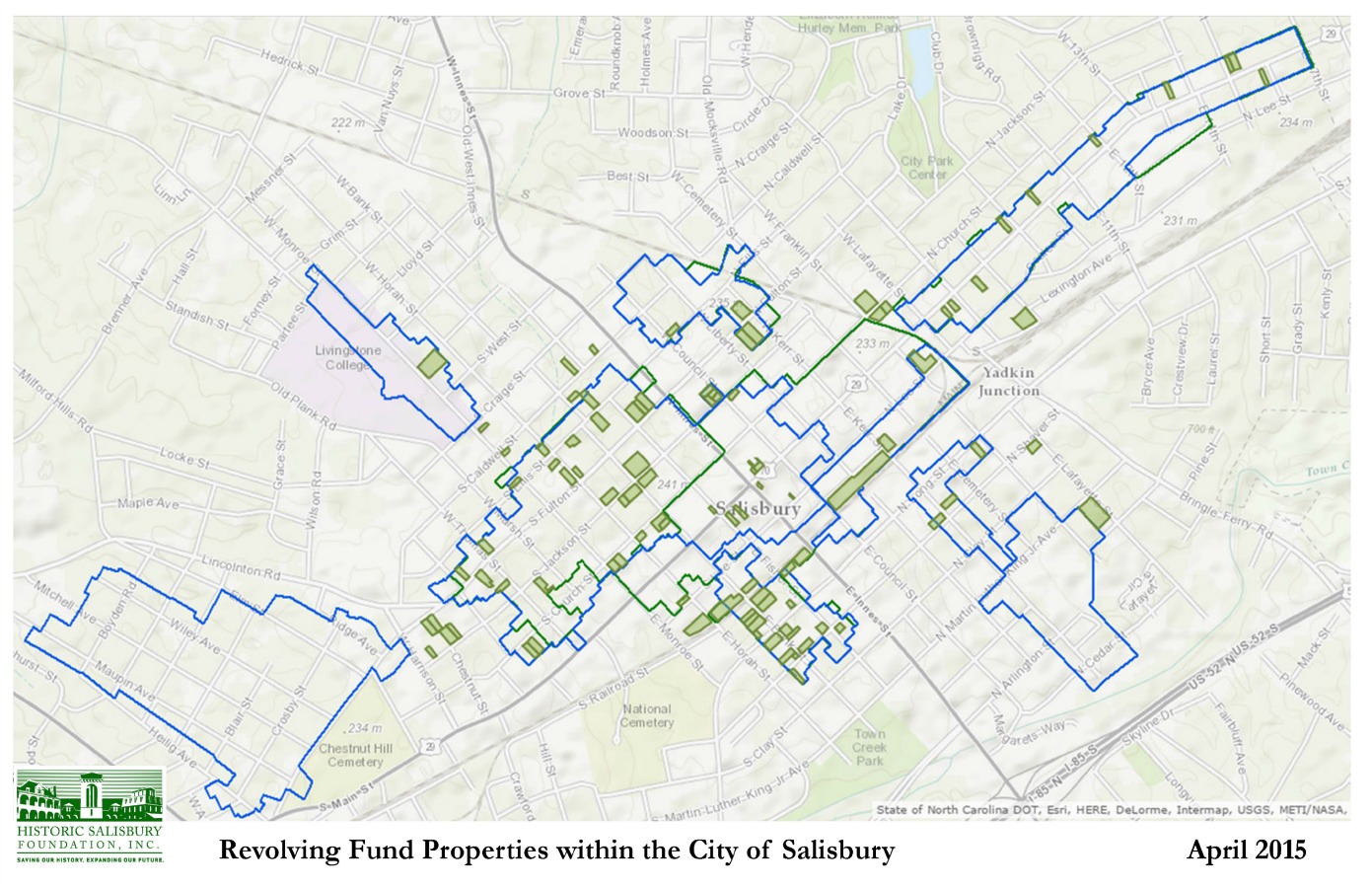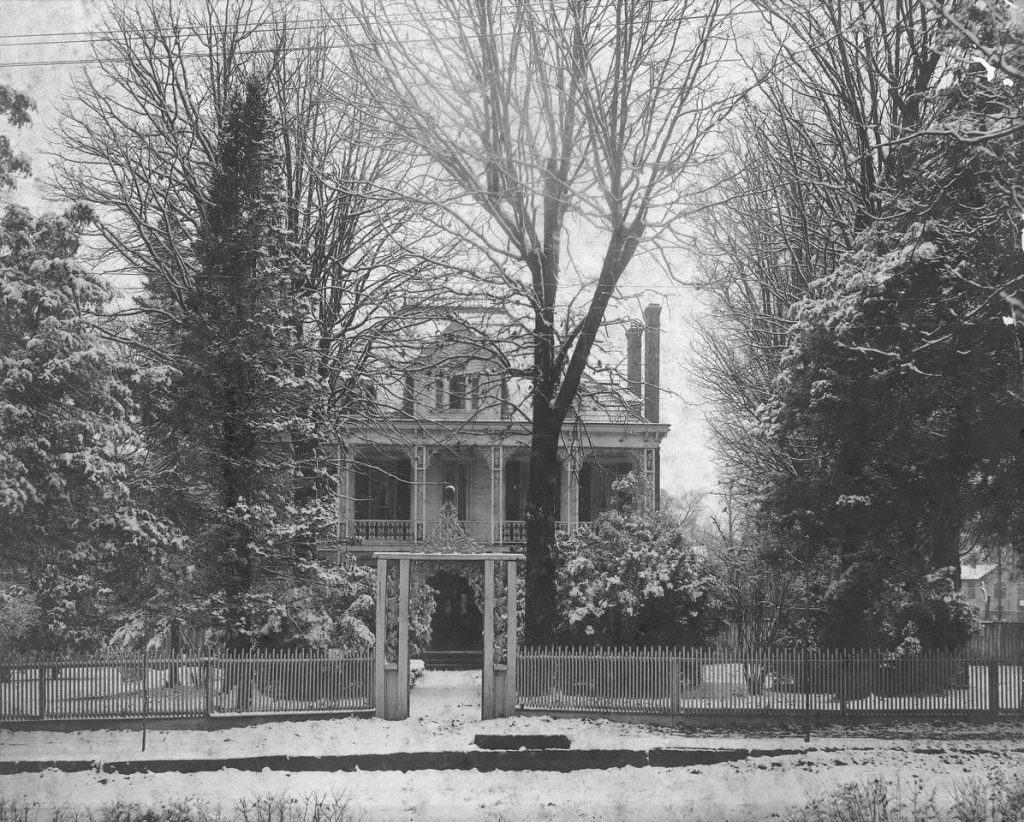Over 50 Years of Preservation
As with many historic preservation organizations of this age, Historic Salisbury Foundation was formed in response to the threatened demolition of a landmark - actually, TWO landmarks.
By the early 1970s designs had been made to convert the 1820 Dr. Josephus Hall House into a nursing home and construct a wing onto the house. Around this same time, there were discussions about demolishing the bell tower to the 1892 First Presbyterian Church, whose sanctuary had been razed several years before.
Today, both of these buildings stand as iconic symbols of the rich history Salisbury has to offer.
Revolving Fund Properties
Along with these and other landmarks of Salisbury and Rowan County, HSF has saved 110 historic buildings through an active revolving fund program. Distressed properties are acquired, stabilized and sold with protective covenants to buyers who complete the renovations to meet their needs and tastes. See how these programs are making a huge impact on historic communities across the country in this video produced by The 1772 Foundation and Savannah College of Art and Design.
Salisbury was established as a British colonial seat of government in 1755, on the edge of the American frontier. It grew at the intersection of Native American trading paths, which later became wagon roads. Rowan County was created in 1753, out of Anson County, at the petition of 348 frontiersmen who complained of the hardships traveling to Anson for legal business - a distance of 60 miles. The area has experienced several distinct periods of growth and prosperity and is the home of Cheerwine and the Food Lion grocery store chain. Rowan County’s proximity to good transportation routes (Yadkin River, NC Railroad and Interstate 85) continues to play a factor in its ongoing prosperity.
With 501-c3 status, all donations qualify for maximum tax deductions. Historic Salisbury Foundation receives no tax money from any sources for its operations and focuses on the areas of historic preservation education, neighborhood revitalization, advocacy, and the preservation of historic landmarks.
